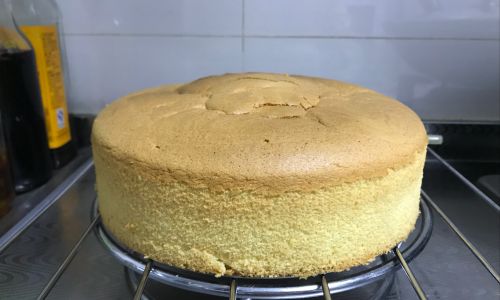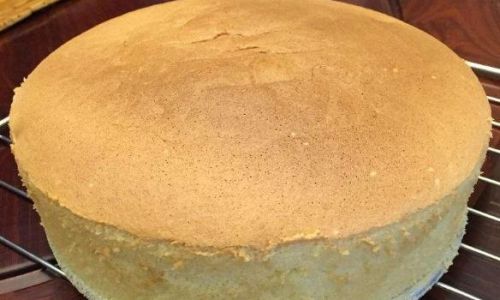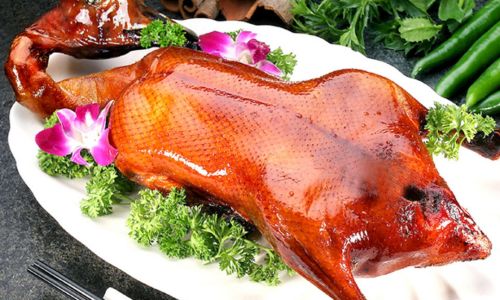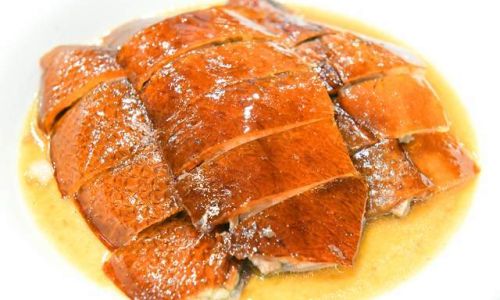Introduction:
Chiffon cake, known for its light, airy texture and moist flavor, is a beloved dessert enjoyed by many. However, achieving a perfectly smooth and crack-free chiffon cake can be a challenging endeavor for even the most seasoned bakers. Cracks can appear on the surface of the cake due to various factors, such as oven temperature, batter consistency, and baking techniques. In this comprehensive guide, we will explore the key steps and tips to prevent chiffon cake from cracking, ensuring your final product is not only delicious but also aesthetically pleasing.
Understanding the Science Behind Chiffon Cake:
Before diving into the prevention methods, it’s crucial to understand the science behind chiffon cake’s structure. Chiffon cake is characterized by its high ratio of eggs to flour, which contributes to its airy texture. The batter relies on chemical leavening agents like baking powder and air incorporated through whisking or beating the eggs to rise. During baking, the steam from the moisture in the batter helps the cake to expand further, creating its signature fluffy structure.
Factors That Cause Cracking:
- Oven Temperature: Extremely high oven temperatures can cause the outer layer of the cake to set quickly, trapping the expanding steam inside and leading to cracks as the internal pressure builds up.
- Batter Consistency: A batter that is too thick or too thin can affect its ability to rise evenly, resulting in cracks.
- Over-Mixing: Over-mixing the batter can incorporate too much air, making the cake more prone to cracking.
- Baking Pan: Using a pan that is too small or too deep can restrict the cake’s expansion, leading to cracks.
- Cooling Process: Rapid cooling after baking can cause the cake to contract unevenly, resulting in cracks.
Tips for Preventing Cracking:
-
Preheat the Oven Properly:
Always preheat your oven to the correct temperature before placing the cake inside. A preheated oven ensures that the cake bakes evenly from the start. For chiffon cakes, an oven temperature of around 325°F (165°C) is ideal. This moderate temperature allows the cake to rise slowly and evenly, reducing the risk of cracking.
-
Use the Right Pan:
Choose a pan that is neither too small nor too deep. A standard 9-inch (23 cm) round pan with straight sides is perfect for most chiffon cake recipes. Ensure the pan is greased and lined with parchment paper to facilitate easy release and prevent sticking. -
Perfect Batter Consistency:
The batter should be pourable but not too runny. It should have a ribbon-like consistency when dropped from a spoon. Adjust the amount of liquid (usually milk or water) in your recipe if necessary to achieve this consistency. -
Gentle Mixing:
Avoid over-mixing the batter. Mix until just combined, ensuring that all the dry ingredients are moistened. Over-mixing can incorporate too much air, making the cake more susceptible to cracking. -
Gradual Addition of Dry Ingredients:
When adding flour and other dry ingredients, do so gradually while mixing on low speed. This helps to distribute the ingredients evenly and prevents the formation of lumps, which can lead to uneven baking and cracking.
-
Don’t Open the Oven Door:
Resist the urge to open the oven door during baking. Every time you open it, you release heat and can disrupt the baking process, causing the cake to fall or crack. -
Cool Slowly:
After baking, allow the cake to cool in the pan for about 10-15 minutes before transferring it to a wire rack to cool completely. This gradual cooling helps to prevent the cake from shrinking and cracking. -
Humidity Control:
If your oven tends to dry out cakes, consider placing a shallow pan of hot water on the bottom rack of the oven while baking. The steam will help to keep the cake moist and prevent cracking. -
Avoid Over-Baking:
Over-baking can dry out the cake, making it more prone to cracking. Use a toothpick or cake tester to check for doneness. It should come out clean or with just a few moist crumbs attached.
-
Practice Patience:
Finally, remember that baking chiffon cakes requires patience and practice. Don’t be discouraged if your first few attempts aren’t perfect. With each bake, you’ll learn more about your oven’s quirks and how to adjust your techniques accordingly.
Conclusion:
Preventing chiffon cake from cracking is a multi-faceted approach that involves careful attention to detail, from preparing the batter to baking and cooling the cake. By following the tips outlined in this guide, you’ll be well-equipped to create beautiful, crack-free chiffon cakes that are not only delicious but also visually stunning. Remember, baking is an art that improves with practice, so keep experimenting and enjoying the process!






0 comments